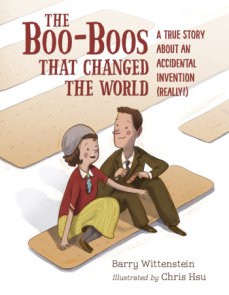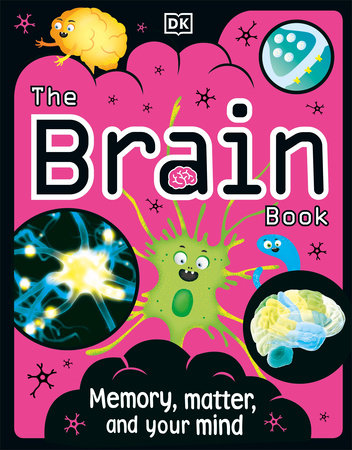

Sonny's Bridge
By Barry Wittenstein
Illustrated by Keith Mallett
By Barry Wittenstein
Illustrated by Keith Mallett
By Barry Wittenstein
Illustrated by Keith Mallett
By Barry Wittenstein
Illustrated by Keith Mallett
Category: Children's Nonfiction
Category: Children's Nonfiction

-
$18.99
May 21, 2019 | ISBN 9781580898812 | 6-9 years
-
May 21, 2019 | ISBN 9781632897381 | 7-10 years
YOU MAY ALSO LIKE
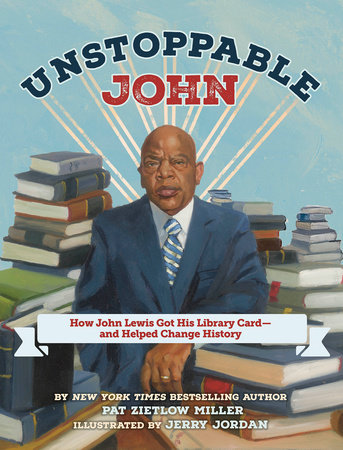
Unstoppable John
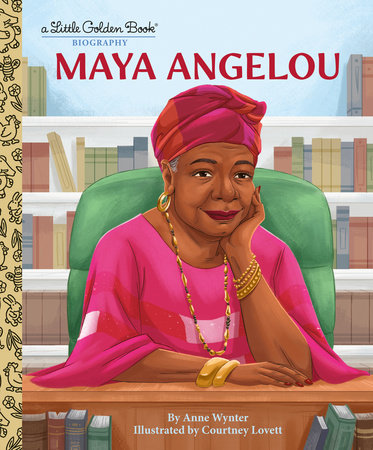
Maya Angelou: A Little Golden Book Biography
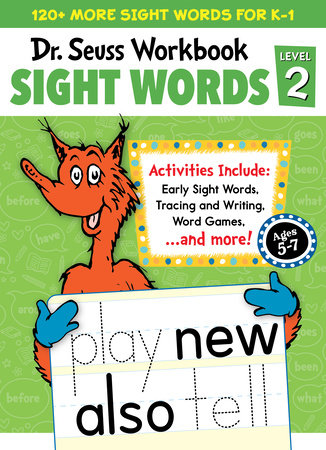
Dr. Seuss Sight Words Level 2 Workbook

Where Is Tornado Alley?

Dick Van Dyke: A Little Golden Book Biography
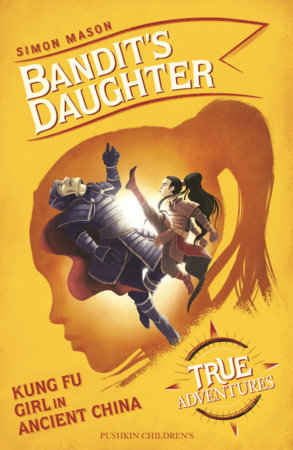
Bandit’s Daughter

The Girl Who Said No to the Nazis

Swordswoman!
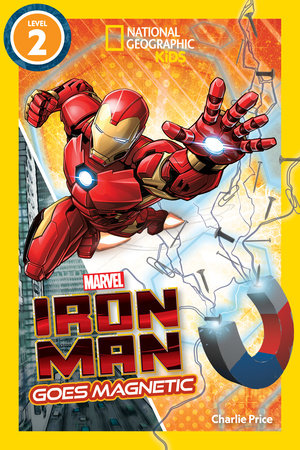
Marvel’s Iron Man Goes Magnetic (National Geographic Kids Readers, Level 2)
Praise
♦ An appropriately jazzy picture-book biography of African-American musician Sonny Rollins. It impresses from the endpapers, which mirror a vinyl LP in its paper sleeve and then playing on a turntable, to the liner notes about Rollins’ seminal album “The Bridge” in the back. Born and raised in Harlem, Rollins grew up at the perfect time for a jazz musician. Written in free verse that flirts with rhyme, the text moves through measures and beats like the up-and-down swings of jazz. The vibrant, digitally created illustrations set the mood as they go from deep blue and purple nighttime hues to bright daytime tones and back again. The birth of Rollins’ career is explored as he acquires and falls in love with his first horn and learns the nuances of jazz by sneaking into some of the greatest clubs in Harlem. By the time he’s 19 people have started to notice how great he truly is. He spends most of the 1950s playing two shows a day, every day. Ten years later he needs a sabbatical: “Sonny knows if he don’t jump, / He. Won’t. Last.” He practices on the Williamsburg Bridge, and the first album after his return is called “The Bridge.” Child readers may not have thought much about Rollins, but Wittenstein’s admiration for his subject establishes his importance. All the characters present as African-American. Opens the door for further exploration of both man and music.
—Kirkus Reviews, starred review
♦ The life of jazz legend Sonny Rollins pulses with the rousing spontaneity of his music in Wittenstein’s free verse biography. Readers witness Rollins’s career as an acclaimed musician followed by his explosive success and the subsequent reincarnations of his art. When Rollins feels like his career is one out-of-control improvisation, he ducks out of the limelight, devoting days and nights to playing his sax on the Williamsburg Bridge. On that bridge, he does some soul-searching; after two years, he returns to the spotlight as a more confident, grounded musician. Wittenstein’s verse replicates the swift tempo of bebop, interspersing rhyme and combining informal vernacular with a sense of extemporization in the rhythm. Some words, such as “per-co-lat-ing,” are punctuated at every syllable, each striking like a staccato note. Others are emphasized in all caps and are onomatopoeic (“BOOM BOP BEBOP!”). Mallett’s smooth, bold illustrations are rendered in dusky purples, moody blues, and earth tones: colors suggesting notes of jazz swirling through a thick night sky. An author’s note, liner notes to Rollins’s seminal album, The Bridge, a time line, and additional content provide an opportunity for further exploration. VERDICT Pair with Rollins’s music to introduce children to this legendary musician and to the rhythmic exuberance of jazz.
—School Library Journal, starred review
This insightful biography of Sonny Rollins opens with two New Yorkers hearing the sound of saxophone: “What the heck is Sonny Rollins doing on the Williamsburg Bridge?” Wittenstein turns back the clock as Mallett depicts formative moments from Rollins’s life alongside concurrent historical events: Rollins is born at the time of the Harlem Renaissance, and discovers a love for saxophone as WWII soldiers march and eventually give way to civil rights demonstrators. After Rollins’s music career launches and he “rockets to the top of the jazz universe,” the book fast forwards to Rollins’s mid-career moment of crisis: “Looks in the mirror,/ doesn’t like what he sees./ Name bigger than talent.” Seeking a private place to play (Rollins leans dejectedly on his fire escape, his saxophone resting against the railing, the sun setting over the Manhattan skyline), he finds solace in practicing on the bridge, which connects “the old to the new,” and leads to a new recording. Wittenstein fluidly provides historical context while exploring the ebbs and flows of the artistic process. Back matter discusses Rollins’s The Bridge album.
—Publishers Weekly
Walter Theodore “Sonny” Rollins was born during the Jazz Age in the cradle of the Harlem Renaissance. After WWII, jazz slowly morphed into bebop, and Sonny was in the middle of it. Overwhelmed by early fame, the young saxophonist decided to take a break from the limelight —until the siren song called again, and he began practicing on the Williamsburg Bridge, away from complaining neighbors. The text is divided into “sets,” framing the narrative within the larger historical moments, and Wittenstein presents the story in jaunty, lyrical phrasings. He also works in the titles of famous standards like “Stompin’ at the Savoy” and “Take the ‘A’ train.” Mallett’s palette alternates between royal purples and sandy browns, with the digital art seeming to glow during Sonny’s highs and dim during his lows. The back matter details some of his heavier moments, including issues with substance abuse, and it mentions a current-day project to rename the Williamsburg Bridge after Rollins. A good choice for collections in need of biographies focused on music or lesser-known African American musicians.
—Booklist
A story about an adult’s sabbatical from his professional life is an unusual concept for a children’s book, but Barry Wittenstein’s jazzy-rhythmed Sonny’s Bridge makes perfect sense once it’s in readers’ hands.
In the 1940s, a young saxophonist named Sonny Rollins began sneaking into Harlem’s Apollo Theater and Cotton Club to hear jazz musicians like John “Dizzy” Gillespie and Charlie “Bird” Parker. He began playing “two-bit joints,” writing his own music and turning standards like Billie Holliday’s “God Bless the Child” into his own. By his 20s, he had rocketed “to the top of the jazz universe.” But when he was “twenty-nine in ’59, in his prime,/ Sonny shatter[ed] the jazz world” by taking a break from performing and recording–the pressure had become too intense. Courageously, Sonny took an intermission: “No gigs, no deadlines, no pressure…. Sixteen hours every day, plays to his heart’s de-light” in the small Lower East Side apartment he shared with his wife. When neighbors complained about the noise, Sonny looked for a private place where he could “make notes cry and squeak, beg and plead,/ bend ’em up, bend ’em sideways.” He found that place on the Williamsburg Bridge, connecting Manhattan and Brooklyn.
For more than two years, Sonny found “refuge and sol-i-tude” on the pedestrian walkway of the bridge, playing only for himself and the trains and tugboats. When he emerged from his self-imposed exile, rumors swirled about what he’d been doing: Had he found a new sound? Was he afraid of the “younger cats on the prowl?” Was he even playing sax anymore? Sonny didn’t care. He went back into the recording studio and entered “a new dimension:/ his subconscious/ ’cause ‘you can’t think and play at the same time.’ ” In ear-ly 1962, he released to acclaim a new album called The Bridge. He had become “more confident in himself as a musician and as a person,” Wittenstein (Waiting for Pumpsie) writes in the “Liner Notes” of the book’s back matter (which also include an author’s note, a timeline of Rollins’s life and additional notes and quotes).
Wittenstein’s energetic text mimics the syncopated rhythms of jazz, incorporating the lingo and locales of the time. Keith Mallett’s (How Jelly Roll Morton Invented Jazz; Take a Picture of Me, James VanDerZee) digital illustrations also capture the electric mood of the end of the bebop era. Using warm, vibrant colors, his depictions of Sonny and his cohort are expressive and full of life. Flashes of gold–a backlit Sonny, glowing streetlights and, always, Henrietta, his trusty sax–glitter through the pages. Readers accustomed to YouTube superstars will be intrigued by this story of one musician–who was already successful and famous–truly “find[ing] his groove” after stepping away from the limelight for an unimaginably long period (in today’s terms) of more than two years.
Shelf Talker: This dynamic picture book tells how legendary jazz sax player Sonny Rollins, at the height of his career, stepped out of public view to find his groove again.
—Shelf Awareness
21 Books You’ve Been Meaning to Read
Just for joining you’ll get personalized recommendations on your dashboard daily and features only for members.
Find Out More Join Now Sign In







